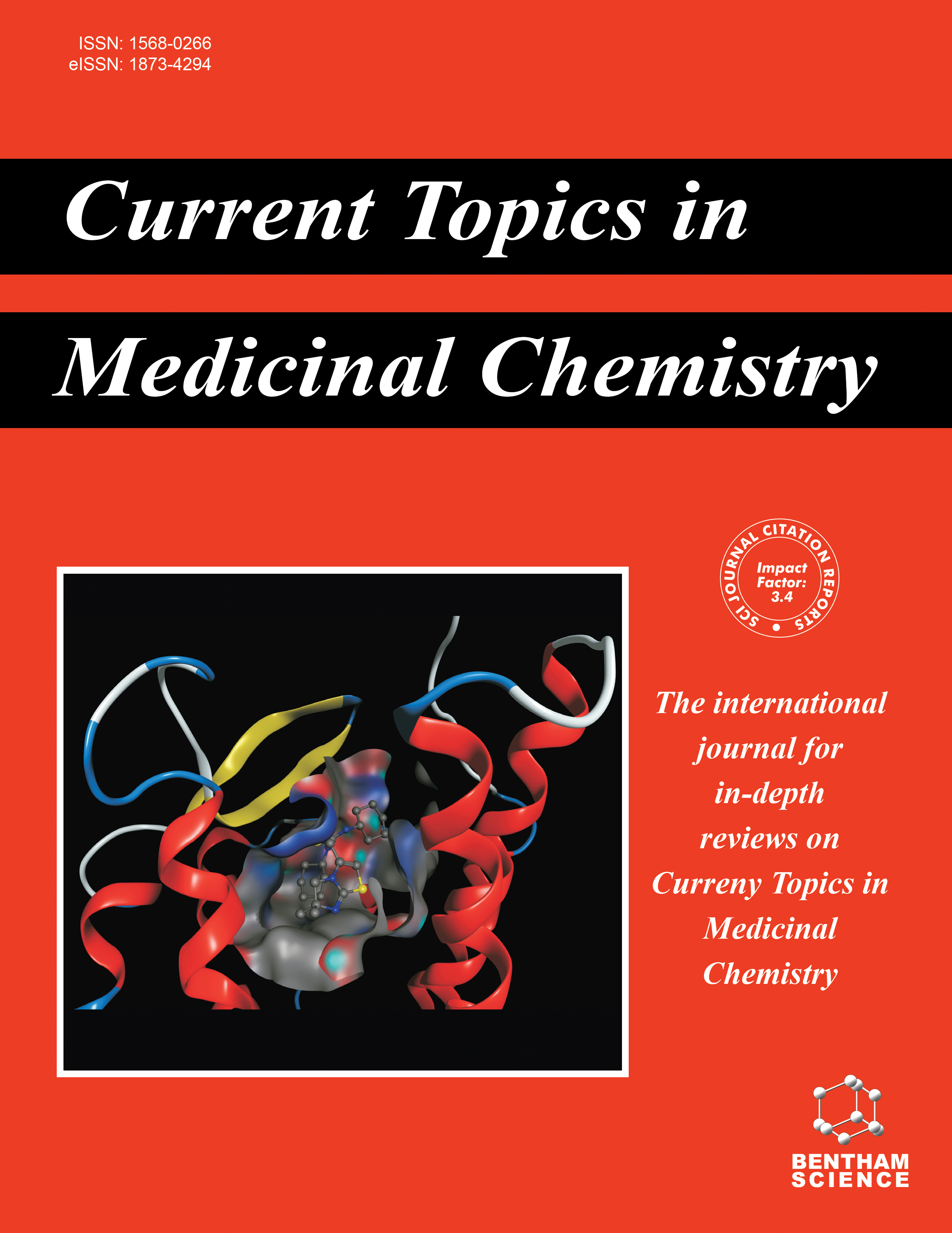
Full text loading...
We use cookies to track usage and preferences.I Understand

Hyperpigmentation disorders are caused by excess production of the pigment melanin, catalyzed by the enzyme tyrosinase. Novel tyrosinase inhibitors are needed as therapeutic agents to treat these conditions.
To discover new inhibitors, we performed a virtual screening of the ZINC20 library containing 1.4 billion compounds. An initial filter for drug-likeness, ADMET properties, and synthetic accessibility reduced the library to 10,217 hits. Quantitative structure-activity relationship (QSAR) modeling of this subset predicted nanomolar inhibitory potency for several chemical scaffolds. Comparative molecular docking studies and rigorous binding energy calculations further prioritized four cysteine-containing dipeptide compounds based on predicted strong binding affinity and mode to tyrosinase.
Microsecond-long molecular dynamics simulations provided additional atomistic insights into the stability of inhibitor-enzyme binding interactions. This integrated computational workflow effectively sampled an extremely large chemical space to discover four novel tyrosinase inhibitors with half-maximal inhibitory concentration values below 10 nM.
Overall, this demonstrates the power of virtual screening and multi-faceted computational techniques to accelerate the discovery of potent bioactive ligands from massive compound libraries by efficiently sampling chemical space.

Article metrics loading...

Full text loading...
References


Data & Media loading...
Supplements